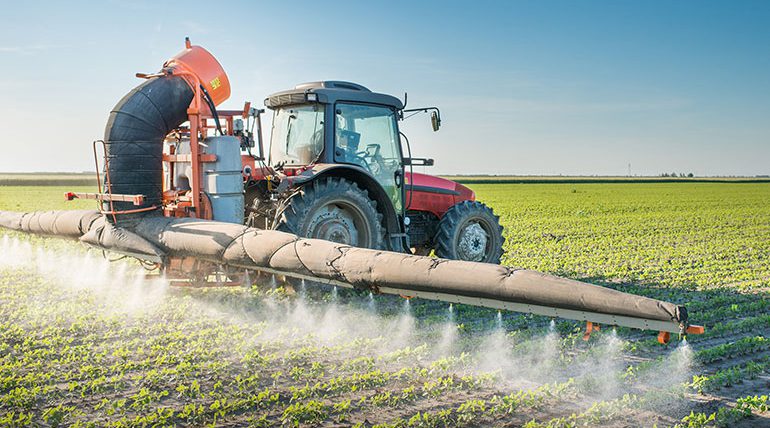Agricultural subsidies and government schemes are vital tools that support farmers and agribusinesses. They help stabilize income, encourage modern farming practices, promote sustainability, and mitigate risks caused by weather or market fluctuations. However, navigating the complex landscape of subsidies and programs can be challenging. Understanding eligibility, compliance requirements, and application procedures is crucial for maximizing benefits.
Agricultural subsidies and government schemes are essential tools that provide financial support and stability to farmers, landowners, and agribusinesses. These programs help offset risks from unpredictable weather, pests, and fluctuating markets, while promoting sustainable farming practices and modernization. Subsidies may include direct payments for crops and livestock, insurance premium support, infrastructure grants, and funding for adopting eco-friendly technologies. Government schemes also cover soil and water conservation, market assistance, and renewable energy initiatives, all aimed at improving productivity and profitability. However, accessing these programs requires understanding eligibility, documentation, and compliance requirements, which can be complex for many farmers. Legal guidance can ensure accurate applications, maintain adherence to program rules, and assist with appeals if funding is denied. By leveraging these resources with expert support, farmers can secure the financial aid they are entitled to, reduce operational risks, and focus on growing sustainable and profitable agricultural operations.
Government subsidies and schemes can be a lifeline for farmers, but only if approached correctly. With proper legal guidance, farmers can secure the financial support they are entitled to, comply with regulations, and focus on running productive and sustainable agricultural operations.

